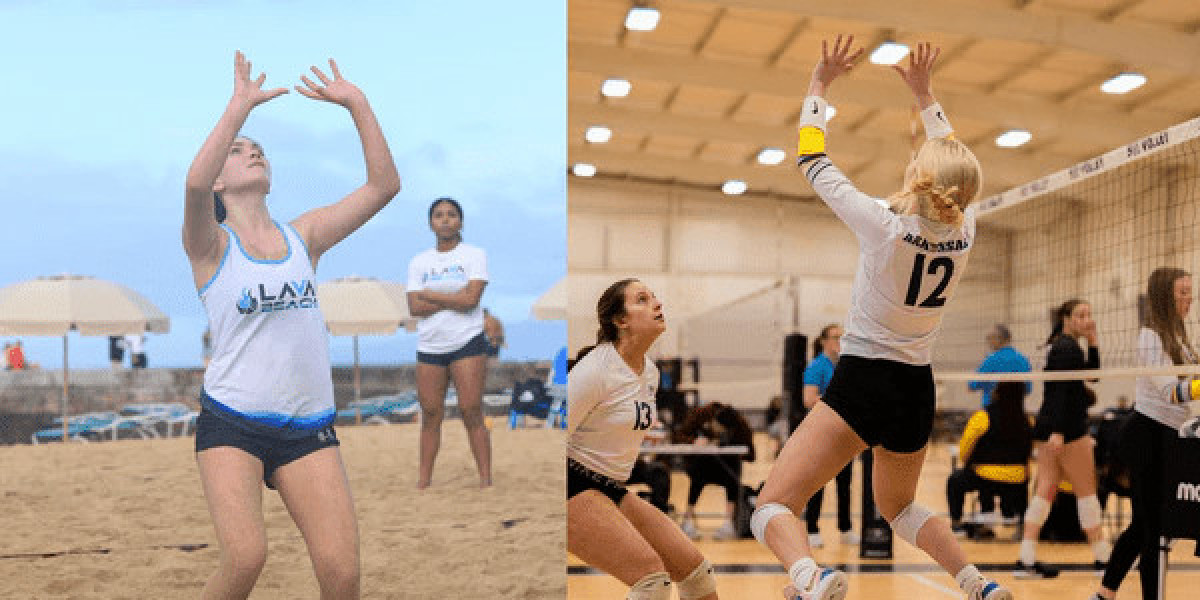Playing volleyball outdoors brings energy, excitement, and connection—whether you're at a beach, in a park, or hosting backyard games. But one thing determines the quality of your play more than you might expect: the net. Choosing the best volleyball net for outdoor use ensures not only long-term durability but also the right tension, visibility, and safety during every match.
This guide will help you understand what makes a great outdoor volleyball net, what features to look for, and how to choose the right one based on your playing environment.
Why a Good Outdoor Volleyball Net Matters
Most people overlook the net itself, focusing instead on balls, courts, or shoes. But if the net sags, tears, or can’t hold tension, the game quickly turns frustrating or even unsafe.
Outdoor environments are tough on equipment. You’re dealing with:
UV exposure from the sun
Moisture from dew, rain, or humidity
Wind that adds tension to net and poles
Uneven surfaces that require a stable setup
That’s why it’s essential to choose a net built for these conditions—one that can survive and perform well all season long.
Key Features to Look For
When shopping for an outdoor volleyball net, keep these features in mind:
1. Weather-Resistant Materials
Outdoor nets should be made of durable materials that resist fading, tearing, and stretching. The best options include:
Polyethylene (PE): Strong, lightweight, and water-resistant
Vinyl-coated mesh: Heavy-duty and built for long exposure
Nylon with UV protection: Flexible and durable with added sun resistance
Avoid cotton or untreated nylon nets—they’ll break down fast in the sun or rain.
2. Reinforced Edging
A high-quality volleyball net will include stitched and taped borders at the top and bottom. These reinforced areas keep the net taut and prevent fraying during intense games.
3. Tension and Height Adjustability
Your net should come with a tightening system, such as guy lines or ratchets, allowing you to adjust tension easily. It should also allow for height adjustments, especially if you’re hosting mixed-gender games or kids’ matches.
4. Sturdy Poles and Anchoring
Poles must be able to withstand force and wind. Look for:
Steel poles with powder coating to prevent rust
Aluminum poles for lightweight setups
Anchoring systems like stakes or sandbags to keep things steady
Avoid plastic poles—they’re often too weak for long-term outdoor use.
Types of Outdoor Volleyball Nets
Choosing the right net also depends on your intended use. Here’s a quick breakdown:
1. Portable Volleyball Nets
Ideal for backyard games or casual beach play.
Lightweight and easy to carry
Often come with a carrying case
Quick setup and takedown
Best for: Casual players, families, and recreational use.
2. Permanent Volleyball Nets
Designed for schools, clubs, and competitive play.
Installed into the ground with concrete or sleeves
More expensive but extremely durable
Suitable for regulation-size courts
Best for: Clubs, institutions, and frequent use by multiple players.
3. Beach Volleyball Nets
Specially built to handle shifting sand and open-air conditions.
Wider poles with deep anchors or weighted bags
Usually includes boundary lines
May feature tension belts and height indicators
Best for: Competitive beach matches or dedicated beach courts.
Volleyball Net Height Guide
To set your net at the correct height, refer to these official standards:
| Player Type | Net Height |
|---|---|
| Men | 7 feet 11 5/8 inches (2.43 m) |
| Women | 7 feet 4 1/8 inches (2.24 m) |
| Co-ed/Mixed | Depends on the level of play |
| Youth | Adjust according to age |
Many portable systems include marked poles or adjustable settings to accommodate different height needs.
Important Accessories to Consider
Some outdoor volleyball net systems come with helpful add-ons. Here are a few that make your setup smoother and more stable:
Boundary lines to mark your court clearly
Guy wires to secure poles in windy conditions
Sandbags for stability on the beach
Height measuring straps
Carrying bags for travel and storage
Look for kits that include these features or plan to buy them separately.
How to Set Up a Volleyball Net Outdoors
Proper setup ensures the best playing experience. Here’s a basic outline:
Choose level ground: Grass, sand, or dirt work well.
Measure court dimensions: Standard size is 30x60 feet.
Anchor the poles: Use stakes, sandbags, or ground sleeves.
Attach and tighten the net: Ensure equal tension on both sides.
Check height and alignment: Adjust if needed before starting play.
A poorly installed net can sag, fall over, or become a hazard. Take a few minutes to ensure everything is stable.
Common Mistakes to Avoid
Avoid these errors when buying or setting up your volleyball net:
Using indoor nets outside — they’re not made to resist weather
Skipping anchoring — even light wind can pull over a poorly secured net
Choosing the cheapest net — low-quality nets stretch or tear easily
Neglecting height — mismatched height ruins competitive gameplay
Over-tightening — can damage poles or net cords
How to Maintain Your Outdoor Volleyball Net
Keeping your net in good condition extends its lifespan. Here’s how:
Cleaning Tips
Rinse with clean water after each use, especially on the beach
Use mild soap if the net is dirty or sticky
Avoid harsh chemicals that may damage UV coating
Storage Advice
Let the net dry completely before storage
Store in a cool, dry area away from direct sun
Use the carrying bag or hang it to prevent tangling
Check for Wear
Inspect the mesh and stitching regularly
Replace damaged guy lines, stakes, or poles immediately
Re-tighten ropes if you notice sagging
Routine care makes a big difference in the net’s durability and safety.
Final Buying Advice
When buying the best volleyball net for outdoor use, focus on these core priorities:
Durability: PE or vinyl-coated netting lasts the longest
Stability: Sturdy poles and secure anchoring prevent movement
Adjustability: Height and tension settings allow versatility
Portability or permanence: Choose based on your usage frequency and location
Extras: Look for packages that include boundary lines, bags, and other must-haves
A high-quality net is not just a piece of equipment—it’s an investment in better games, safety, and long-term fun.
Conclusion
The right volleyball net turns an average match into a great one. Whether you're organizing casual games or competitive tournaments, selecting the best volleyball net for outdoor use is essential to maximizing your enjoyment, safety, and playability.
Now that you know what to look for—materials, features, setup, and maintenance—you’re ready to make a smart and lasting choice. A good net isn’t just about performance today; it’s about being ready for tomorrow’s match too.



